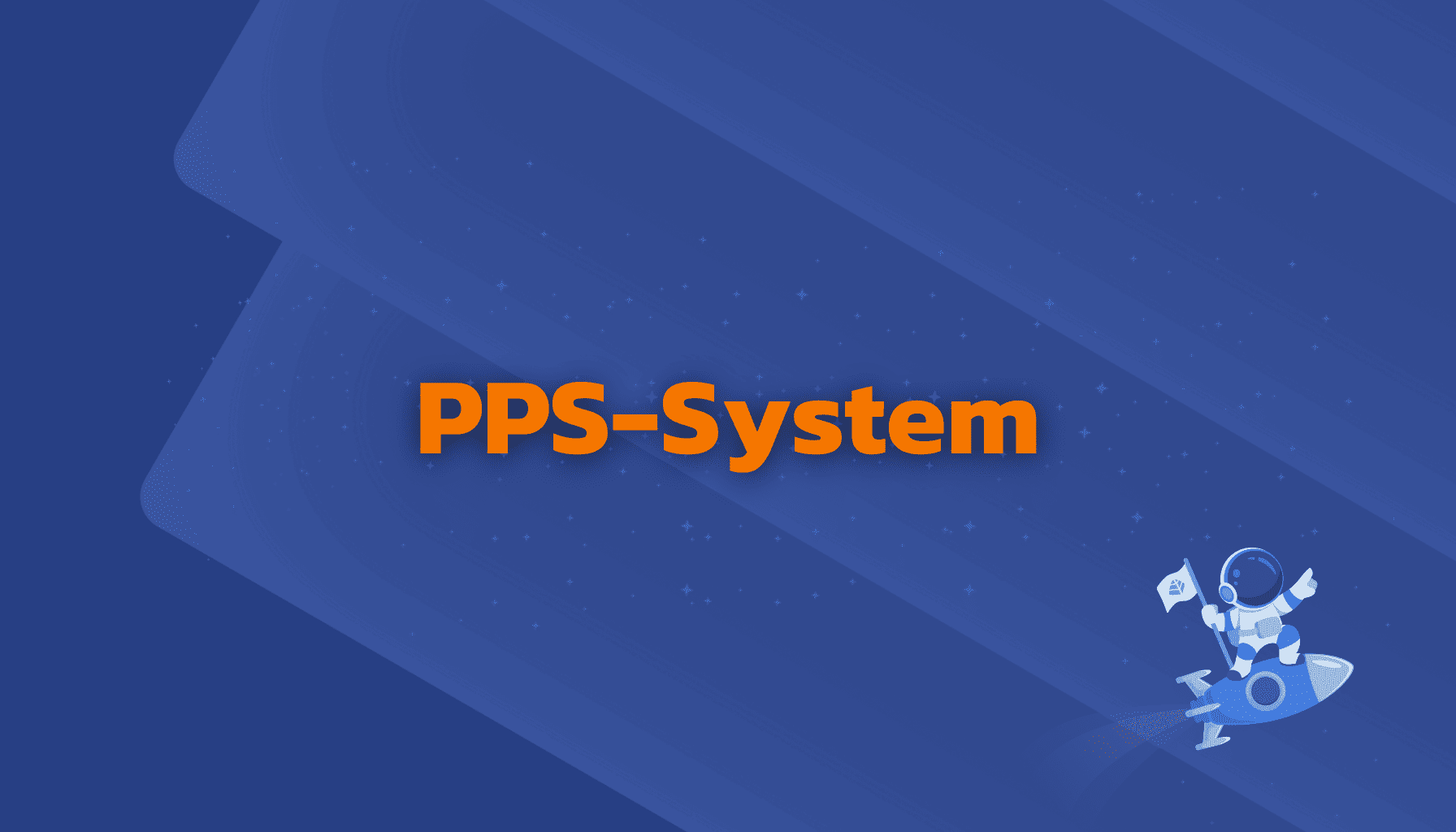What is a PPS system? Definition, advantages, application [2025 Guide]

What is a Production Planning System?
A Production Planning System (PPS) is advanced manufacturing software that optimizes, controls, and monitors production processes across the enterprise. It coordinates material flow, machine capacity, and workforce deployment to ensure efficient and cost-effective production. By integrating various production stages from raw material planning to finished product delivery, PPS solutions help manufacturers achieve optimal operational performance.
Modern Production Planning Systems provide real-time monitoring capabilities and precise planning algorithms to ensure on-time delivery while minimizing costs. They're essential for companies that need high flexibility, productivity, and efficiency in their manufacturing processes.
How Production Planning Systems Work
A PPS operates through a centralized database that stores and processes all relevant production data. This includes customer orders, material inventory, machine capacity, and workforce availability. Using sophisticated planning algorithms, the system analyzes this data to create production schedules that ensure efficient resource utilization.
Capacity and scheduling planning is based on this data, with the PPS determining optimal allocation of machines, personnel, and materials. It generates production orders, provides work instructions, and monitors the production process through real-time data feedback from the shop floor. This feedback enables flexible plan adjustments when deviations or bottlenecks occur.
Integration with MES and Industry 4.0
The PPS can be integrated with Manufacturing Execution Systems (MES) that provide real-time data such as machine utilization and order status. This integration enables:
- Dynamic adjustment of production plans
- Real-time response to changing conditions
- Complete feedback loops for continuous process optimization
The Synergy Between MES and PPS in Industry 4.0
MES complements the PPS by providing real-time production data – from machine metrics to order status and quality information. This data allows the PPS to monitor planned production orders in real-time and respond flexibly to changing production conditions.
The integration of PPS and MES systems offers significant advantages: production plans can not only be optimally created but also realistically and precisely implemented. The continuous data flow from MES to PPS enables high accuracy in adhering to production schedules, which optimizes resource utilization, increases delivery reliability, and enhances customer satisfaction.
Where are Production Planning Systems Used?
Automotive Manufacturing
In automotive manufacturing, robust PPS solutions enable precise planning of production processes, from raw material ordering to finished vehicle delivery. Real-time data integration about machine capacity and production progress allows production managers to quickly respond to bottlenecks and ensure optimal resource utilization.
Food Industry
In food production, PPS systems manage processes from raw material procurement to packaging and distribution. They enable precise inventory coordination to ensure fresh products are produced and delivered at the right time. This efficient planning not only reduces waste but also promotes compliance with quality standards and delivery deadlines.
Electronics Manufacturing
PPS systems play a key role in adapting to rapidly changing market requirements in the electronics industry. Through continuous monitoring of demand changes, manufacturers can flexibly adjust their production plans to respond to trends and customer needs. This enables faster product launches and strengthens the company's competitive position.
Pharmaceutical Production
In pharmaceutical manufacturing, PPS systems are crucial for managing production processes from raw material procurement to medication packaging. Precise planning ensures not only efficient resource utilization but also compliance with strict quality standards.
These examples demonstrate how PPS systems contribute to optimizing complex production processes, minimizing costs, and increasing flexibility across different industries. By integrating PPS systems, companies can enhance their efficiency and maintain competitiveness while successfully meeting changing market demands.
PPS Systems as Versatile Tools
A PPS system is a versatile tool in planning and shaping production operations. It helps companies make the right decisions regarding materials, capacities, and ultimately order planning. The software solutions available in the market address different requirements of manufacturing companies. When selecting PPS, specific characteristics must be considered depending on the type of production, i.e., individual production or series/mass production. Additionally, besides traditional on-premises PPS systems, some providers now offer modern, quickly available, and cost-efficient PPS systems as cloud-native products, i.e., as Software-as-a-Service (SaaS).
Production processes can be simple or extremely complex. PPS systems are designed to map complex processes and order networks to help companies maintain oversight. They provide a digital representation of all production processes and create real-time transparency, which ultimately enables resources to be used efficiently, effectively, cost-consciously, and on schedule.
PPS systems digitize complex planning processes that traditionally exist primarily in the minds of a few logistics and work preparation experts. Only through digital tools does planning complex processes become simplified and enables structured and efficient optimization.
The Role of PPS Systems in OEE Metrics
Overall Equipment Effectiveness (OEE) is one of the most important metrics for measuring production facility efficiency. High OEE is crucial for efficient production and securing competitive advantages. OEE combines three essential aspects of manufacturing: availability, performance rate, and quality. This combination enables comprehensive production analysis and shows how effectively production facilities are being utilized. Companies can thereby specifically identify weaknesses and utilize optimization potential to improve production performance.
A Production Planning and Control System (PPS) is closely linked with Overall Equipment Effectiveness (OEE) to systematically maximize production performance. Through detailed recording of machine downtimes, production speed, and quality metrics, the PPS system provides essential data for precise calculation and optimization of OEE.
The systematic integration of this data enables identification of bottlenecks, improved machine capacity utilization, and strategic planning of maintenance intervals. Thus, PPS systems make a crucial contribution to continuous improvement of production processes and increasing overall equipment effectiveness.
Significance for Users
The application of PPS systems provides users with multifaceted benefits in their daily work. This software not only enables precise planning and control of production processes but also serves as a tool to display the current production status in a clear overview. This creates transparency and enables all participants to stay well-informed and understand their tasks in the context of the overall process. This increased information availability helps users work more effectively and purposefully.
Furthermore, PPS systems enable faster identification of bottlenecks to proactively respond to them. Overall, the integration of PPS systems means significant efficiency increases and improved work quality in daily routines for users.
Supporting Product Development
PPS systems aren't limited to ongoing production. They can also be crucial in product development. The software supports production process planning during the design phase, contributing to developing more efficient products with exciting features.
Cost and inventory control is a crucial task in every company. PPS systems offer comprehensive capabilities to minimize costs and efficiently manage inventory. This contributes to increasing a company's competitiveness.
Conclusion: PPS Systems are Crucial!
A Production Planning and Control System (PPS) is a crucial tool for companies looking to make their production more efficient. Through seamless integration of planning and control functions, a PPS system enables optimized use of machine capacities, effective resource planning, and continuous monitoring of production quality. These functions are essential for increasing Overall Equipment Effectiveness (OEE) and improving the entire production process.
PPS systems not only help optimize production processes but also identify bottlenecks early and increase maintenance interval efficiency. Thanks to the ability to capture and analyze production data in real-time, companies can maintain high manufacturing flexibility and respond more quickly to market changes. Thus, a PPS system significantly contributes to strengthening the company's competitiveness, increasing delivery reliability, and simultaneously reducing costs.
In the age of Industry 4.0 and advancing production digitalization, PPS systems have become indispensable for ensuring transparency and efficiency in manufacturing. Through networking with other systems, such as MES (Manufacturing Execution System), production data can be linked, and even better control of the entire production process can be achieved. Thus, the PPS system supports not only planning and control but also continuous improvement and adaptation to dynamic market conditions. Companies that rely on PPS benefit long-term from increased productivity, optimized production processes, and better utilization of their resources.





